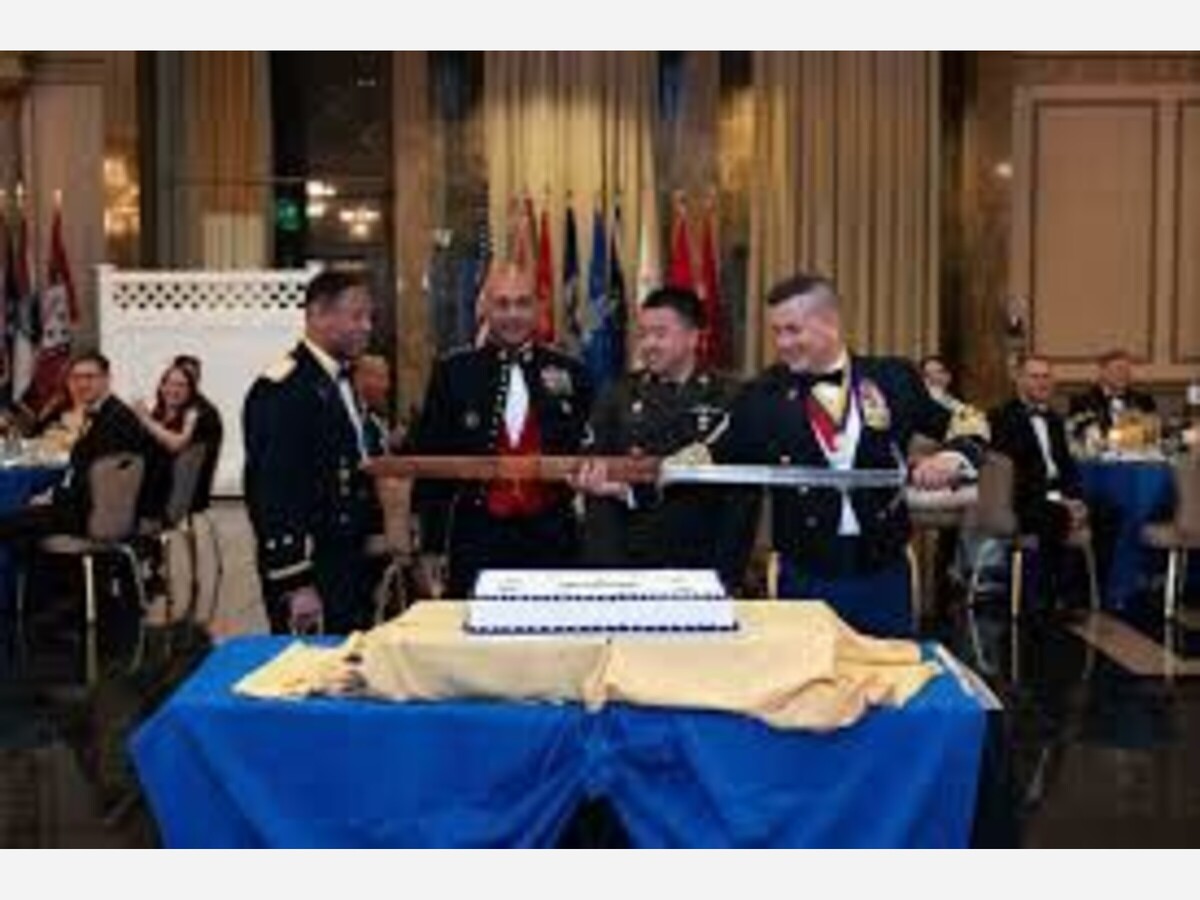Image

National Capital Region joint forum held to recognize CBRNE troops around world

COCKEYSVILLE, Md. – The National Capital Region Joint Chemical, Biological, Radiological, Nuclear, Explosives (CBRNE) Forum brought together service members, civilians and family members to mark the service and sacrifices of CBRNE personnel around the world.
The 20th CBRNE Command, U.S. Army Combat Capabilities Development Command’s Chemical Biological Center and Department of the Army Force Development Branch (G8) worked together on the event that was held in Cockeysville, Maryland.
Hosted by U.S. Army Maj. Gen. Daryl O. Hood, the commanding general of the 20th CBRNE Command, the forum welcomed joint service Chemical, Biological, Radiological, Nuclear (CBRN) and Explosive Ordnance Disposal (EOD) personnel.
Hood, the senior Chemical Corps officer in the U.S. Army, thanked the team from across the National Capital Region for bringing together the forum.
Headquartered on Aberdeen Proving Ground, Maryland, in Northeast Maryland’s science, technology and security corridor, the 20th CBRNE Command is home to 75 percent of the active-duty U.S. Army’s CBRN specialists and EOD technicians, as well as the 1st Area Medical Laboratory, CBRNE Analytical and Remediation Activity, five Weapons of Mass Destruction Coordination Teams and three Nuclear Disablement Teams (Infrastructure).
From 19 bases in 16 states, Soldiers and Army civilians from 20th CBRNE Command take on CBRNE threats that imperil lives and impede missions.

The forum highlighted the past, present and future contributions of the joint personnel who confront and defeat CBRNE hazards in support of U.S. military operations around the world and civil authorities across the nation. The event coincided with the 106th anniversary month of the U.S. Army Chemical Corps.
The U.S. Army Chemical Corps was established during World War I when chemical weapons were first used in Europe during trench warfare.
Since chemical weapons were banned by the international community, CBRN specialists, who are also called Dragon Soldiers, have focused on safeguarding and enabling maneuver forces to operate in a CBRN-contested environment.
The U.S. Army begin training the first enlisted Bomb Disposal Soldiers, the predecessors to today’s EOD technicians, on Aberdeen Proving Ground, Maryland, in April 1942.
After defeating hundreds of thousands of Improvised Explosive Devices in Iraq and Afghanistan, joint service CBRNE forces are shifting their focus to support large-scale combat operations against near-pear adversaries in support of the National Defense Strategy.

U.S. Marine Corps Lt. Gen. Brian W. Cavanaugh, who is the commanding general of Fleet Marine Force, Atlantic; commander of Marine Forces Command; and commander of Marine Forces Northern Command, was the guest speaker.
As the Marine Forces commander, Cavanaugh is the senior commander for the U.S. Marine Corps Chemical Biological Incident Response Force (CBIRF), the CBRNE response and consequence management force based on Naval Support Facility Indian Head, Maryland.
A U.S. Naval Academy graduate who is originally from Baltimore, Cavanaugh said the U.S. military had to stay ready to fight and win in a CBRN-contaminated environment.
“We must remain committed to building partner capacity and to improving interoperability through tough and realistic combined, joint exercises,” said Cavanaugh, a seasoned Marine Corps aviator with 3,000 flight hours, primarily in the CH-53D/E Sea Stallion. “By building CBRN and EOD considerations into exercise objectives at the service and combatant command levels, we improve our ability as a joint force to counter tomorrow’s threats.”